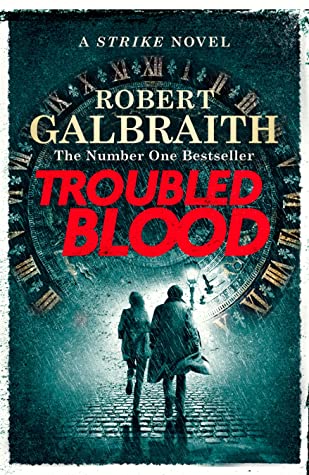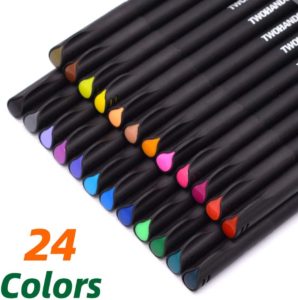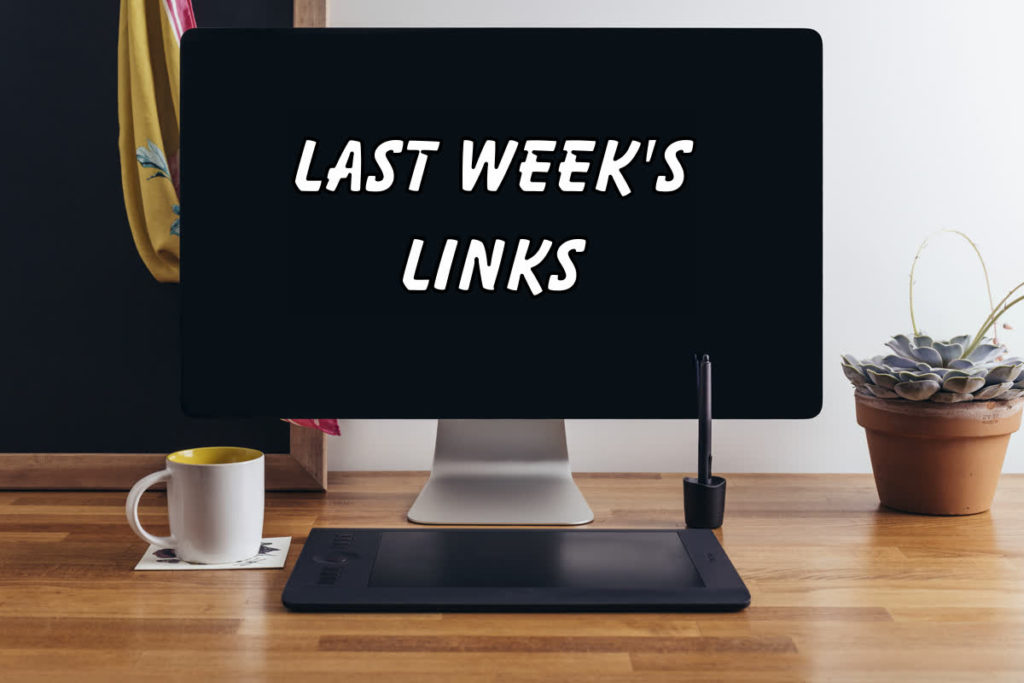J.K. Rowling’s ‘Troubled Blood’ is her most ambitious Robert Galbraith novel yet — and likely the most divisive

I have liked J.K. Rowling’s mystery novels featuring Cormoran Strike—published under the pen name Robert Galbraith—very much. But Rowling herself has been criticized recently for transphobic remarks she made earlier this year. (This article contains a link to a related article.)
The fifth novel in the Cormoran Strike series, Troubled Blood, has recently been published. “In her new book, Rowling has created a creepy serial killer who dresses in women’s clothes to more easily reel in his female victims,” writes Bill Sheehan in this article in The Washington Post. Further:
A question quickly arises: Is the creation of such a character a legitimate aesthetic choice or is it an affront to the LGBTQ community? While I don’t pretend to know the author’s motivations, I lean toward the former interpretation. Many others will no doubt passionately disagree.
Sheehan’s appreciative review of the book is quite short, yet it has reopened the discussion about whether authors can or should be separated from their works. He ends the piece with “Let the arguments begin.”
And begin they have. There are already 734 comments. Read on.
The Era of Pandemic Literature Is Upon Us, and It’s Starting With Regina Porter’s ‘Daily Cleanse’
After six months, we’re far enough into the COVID-19 health crisis to begin to see what kind of literature will emerge from it. Adrienne Westenfeld, an assistant editor at Esquire, leads the way:
When truth is stranger than fiction, writers of fiction often make sense of reality on the page; yet in the unprecedented age of the coronavirus pandemic, many writers have reported feeling paralyzed by incessant despair, leaving them unable to create. But Regina Porter, the acclaimed author of 2019’s The Travelers, wasn’t paralyzed—instead, Porter found herself “compelled” to start a new novel at the height of the pandemic. In “Daily Cleanse,” a story adapted from that forthcoming novel-in-progress, tentatively titled The Rich People Have Gone Away, Porter introduces Theo Harper, a privileged New Yorker struggling to keep secrets from his pregnant wife, Darla, as life in the city grinds to a devastating halt due to the coronavirus. “Daily Cleanse” is at once an unsparing look into the discomforts of intimacy and a deeply felt portrait of a transformed city, one where, Porte
In this interview, “Porter spoke with Esquire about accessing her creativity against all odds, creating morally complicated characters, and employing fiction to investigate questions about race.”
Essay collection ‘Seismic’ reflects on Seattle’s status as a UNESCO City of Literature — and the power of storytelling
Nearly three years ago, Seattle’s literary reputation was solidified on the world stage with its designation as a UNESCO City of Literature. On Sept. 15, “Seismic — Seattle, City of Literature,” a collection of essays from Seattle-area writers like Timothy Egan, Claudia Castro Luna, Charles Johnson and more will be released — a series of reflections on what this status means for Seattle, and how art, literature and stories can be forces for change.
The Seattle Times offers the collection’s introductory chapter by editor Kristen Millares Young and the essay by Ken Workman (Duwamish, great-great-great-great-grandson of Chief Si’ahl), which Young describes as “canonical.”
Why Goodreads is bad for books
I use Goodreads, but only for a few particular aspects of my life. But I see a lot of references to how unhappy people are with Goodreads. Sarah Manavis fills in some of the blanks for me here; I don’t have most of the problems because I don’t use the features that people find problematic. But from her descriptions, I can tell that if I did use Goodreads for those purposes, I’d probably be unsatisfied with the platform’s functionality, too.
I found particularly interesting her description of The StoryGraph, a new service under development and scheduled for formal launch early next year.
What Made Black and Blue Pens Standard? A Colorful Look at Ink

When I was a kid, ballpoint pens—which we didn’t get to use in school until 4th grade—came only in blue, black, or red. By the time I started college, green ballpoints were available, which the rebel in me promptly adopted as my main writing implement.
In this article Yashvi Peeti delves into the history of ink and the psychology of color to help us choose among all the writing implements and colors now available.
© 2020 by Mary Daniels Brown


The article about GoodReads was quite interesting. I post reviews, but that’s about it. I just signed up for StoryGraph to see what recommenations they send me.